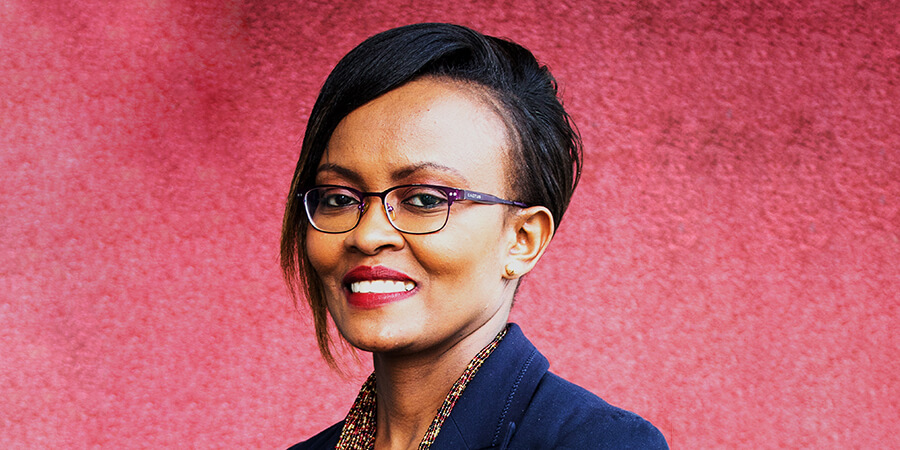By Caroline Kamaitha, Vice President Sales Africa, SES
I am a satellite and telecoms professional, and my work is focused on bridging the digital divide in Africa. I love knowing that what I do is enabling companies in Africa to participate in the fourth industrial revolution. This revolution in digitization, automation and virtualization can transform the continent and the lives of those of us who live here, but it won’t happen without good telecommunications, which is where we come in.
Thanks to significant investment in infrastructure, in the last decade great strides in connectivity have been made. But there is still a long way to go. Multiple countries, each with their own political, economic, and regulatory issues, combine with the large inhospitable land mass, make Africa a complex region facing many connectivity challenges. A few countries are well connected, but overall it remains one of the most underserved areas in the world with only 43% internet penetration. Globally, there are 18 countries where 75% of the population have no access to the internet. Fifteen of those 18 countries are in Africa.
Everyone wants this situation to change, and the African Union, supported by the World Bank Group has set the ambitious target of connecting every government office, business and individual by 2030. This is a major challenge. Only 55% of the population live within 25 kilometers of an operational fiber node, but this alone is no guarantee of connectivity. Fiber everywhere is subject to backhoe accidents, but in Africa due to the difficult terrain, and sometimes poor-quality workmanship, water and rat damage are additional hazards. So, proximity to fiber, is no guarantee that broadband connectivity will be available, reliable or affordable.
Indeed the rollout of fiber continues, but it is a slow and expensive operation. In order to meet the ambitious goal of the African Union, Africa desperately needs another solution that will provide reliable broadband connectivity and can be rolled out far faster and more economically.
This is why I love my job. Satellite is the one connectivity technology that can be deployed quickly and cost-effectively, even in the most remote and inaccessible locations. This makes satellite the ideal solution to the challenges facing the continent.
Companies such as SES can lend their expertise to make this happen. After more than 20 years operating in Africa, SES understands the complexities of providing service here. We have seen first-hand how satellite, and medium earth orbit (MEO) satellites in particular can positively impact communities and businesses. The Central African Republic is one example of this. In 2017, service from O3b, our MEO constellation, was initiated to enable faster 3G cellular service. Working with Orange, we provided cellular backhaul in 10 cities. Not only did this provide better quality internet to businesses, it also secured mobile data and payment services across the country.
Around the world, demand for broadband connectivity continues to soar. Expansion of the internet-of-things (IoT), part of the 4th Industrial Revolution, means that more and more objects and devices need connectivity. At the same time, the human demand for more bandwidth continues to grow. Fortunately, technology has evolved to keep pace with this. SES is building its second generation MEO system, O3b mPOWER and will be launching it in the coming weeks. Thanks to its unrivalled high throughput, unmatched flexibility, constant low-latency and uncontended capacity, O3b mPOWER can provide unrivalled service availability ranging from tens of Mbps to multiple Gbps, enabling customers to support 5G and IoT applications.
The upcoming launch of O3b mPOWER is exciting for all of us at SES, but when I think of all that this sophisticated connectivity can bring to Africa, I can’t imagine that anyone is as excited as I am. I’m thinking about how this technology will empower people, boost businesses and connect the unconnected. I’m thinking about school children who will be connected to the rest of the world for the first time, about local businesses that will be able to reach new markets and suppliers, not only in their country but around the world. I’m thinking about remote villages that haven’t had access to life-saving medical help, who will now be able to communicate with remote specialists. The possibilities are endless, and I, together with our local partners, will be enabling them.
